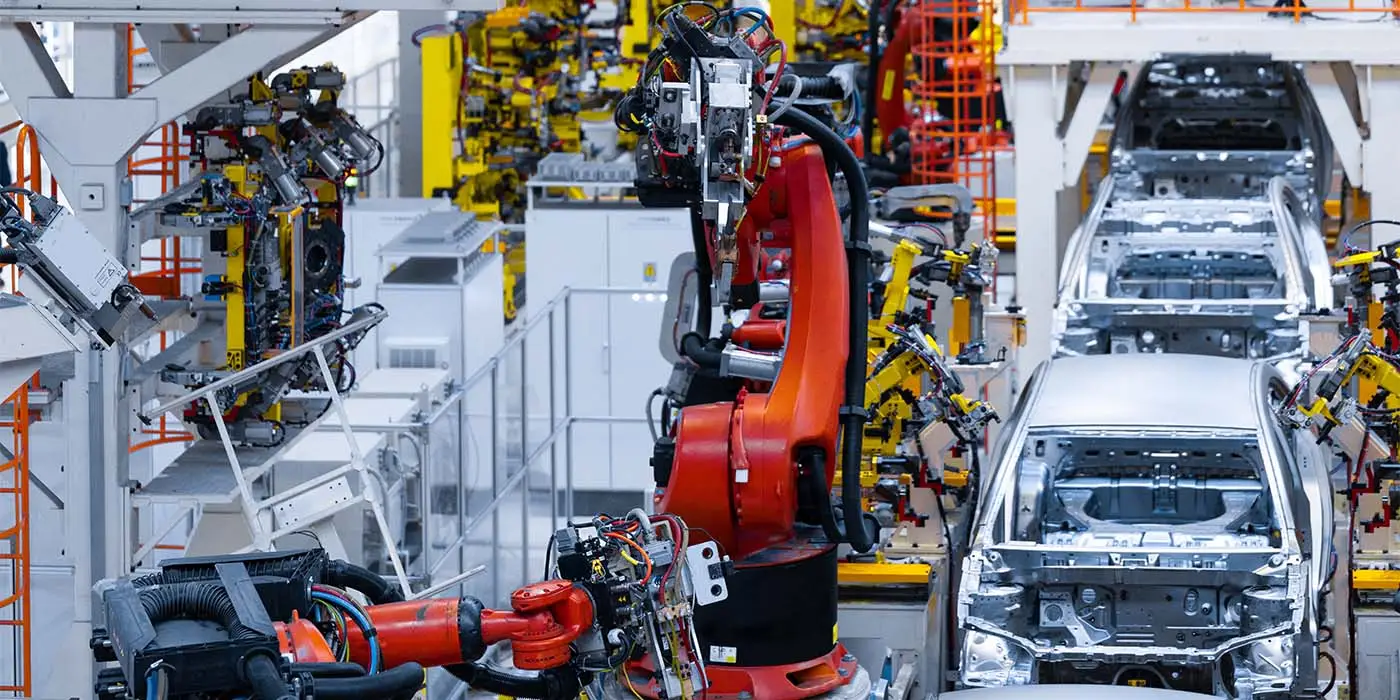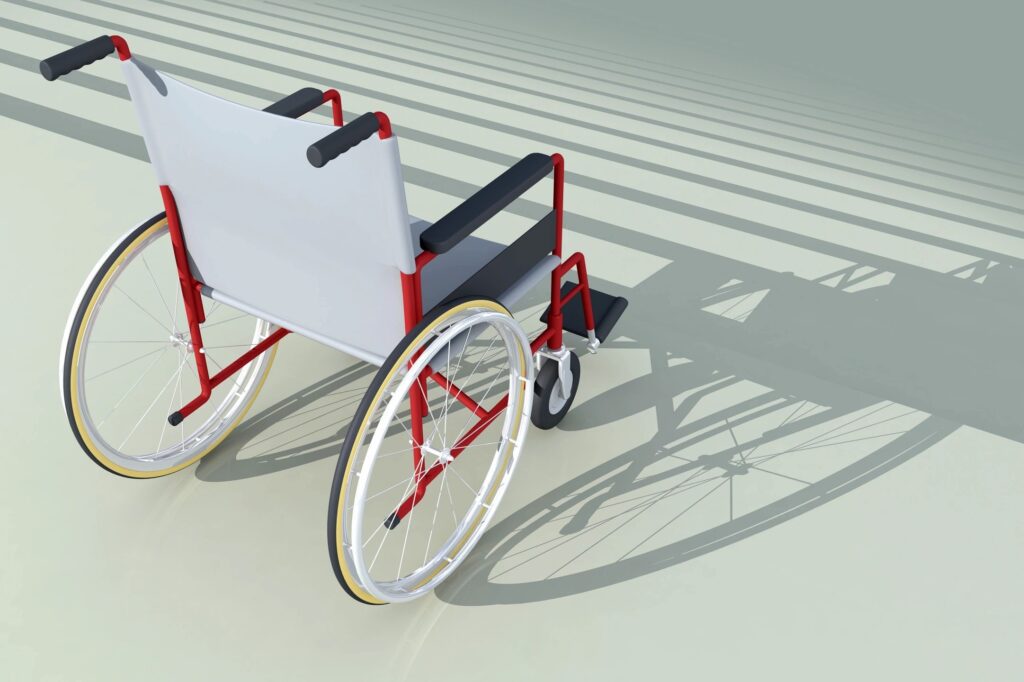Introduction
In today’s rapidly evolving business landscape, effective asset management is no longer a luxury, it’s a necessity. Companies across industries are under increasing pressure to optimize operations, reduce costs, and enhance productivity. Yet, many still grapple with the age-old challenge of tracking and managing thousands of assets dispersed across numerous locations. Misplaced equipment, inefficient utilization, and lack of real-time asset visibility can lead to operational setbacks, increased expenses, and missed revenue opportunities.
Enter Real-Time Location Systems (RTLS), a transformative technology that’s redefining how businesses operate, view and manage their assets. But what exactly is RTLS, and how can it revolutionize asset management?
Understanding RTLS: The Basics
Real-Time Location Systems (RTLS) are advanced solutions that enable organizations to automatically identify and track the location of assets or people in real-time within a defined area, such as a building, warehouse, or campus. By leveraging technologies like Radio Frequency Identification (RFID), Wi-Fi, Bluetooth Low Energy (BLE), and Ultra-Wideband (UWB), RTLS provides precise location data that businesses can use to optimize operations.
How Does RTLS Work?
At its core, RTLS consists of three primary components:
- Tags or Sensors: These are small devices attached to assets or worn by individuals. They emit signals at regular intervals or are read by antennas, carrying unique identifiers that represent each asset.
- Readers or Receivers: Positioned strategically throughout the tracking area, these hardware devices receive data from the sensors/antennas about the tags and assets. They capture the data and relay it to the central system or software.
- Software Platform: This is the brain of the RTLS. It collects data from the readers, processes it, and provides actionable insights through dashboards, alerts, and reports.
For example, in a warehouse setting, forklifts and inventory items equipped with tags can be monitored in real-time. Managers can see where each asset is located, how it’s being used, and even predict maintenance needs based on usage patterns.
RTLS Technologies Explained:
- RFID (Radio Frequency Identification): RFID utilizes electromagnetic fields to automatically identify and track tags attached to objects. These tags can be either active (battery-powered) or passive (powered by the reader’s signal). RFID systems are particularly advantageous in environments where line-of-sight tracking isn’t feasible, such as warehouses, healthcare facilities, and data centers. By leveraging RFID, businesses can streamline asset tracking, improve inventory visibility, and reduce human error through automated identification.
- Wi-Fi-Based Systems: Wi-Fi-based RTLS systems leverage an organization’s existing Wi-Fi infrastructure to triangulate the position of tagged assets. These systems calculate the location of Wi-Fi-enabled devices by analyzing signal strength and using access points for position estimation. Wi-Fi-based RTLS is highly cost-effective for businesses that already have a robust Wi-Fi network in place, making it an excellent choice for indoor environments such as offices, schools, and manufacturing facilities. While not as precise as UWB, Wi-Fi solutions offer a solid balance of accuracy and affordability.
- Bluetooth Low Energy (BLE): Bluetooth Low Energy (BLE) systems utilize Bluetooth technology to perform proximity detection and location tracking. BLE is a low-power, low-cost solution that delivers moderate accuracy, making it ideal for indoor positioning systems (IPS) in environments like retail, healthcare, and warehouses. BLE tags communicate with nearby beacons or readers, sending real-time data about asset location and movement. BLE solutions are scalable and adaptable, offering businesses an efficient method for tracking equipment and personnel without significant infrastructure investment.
- Ultra-Wideband (UWB): Ultra-Wideband (UWB) is a high-frequency technology known for its exceptional precision in real-time location tracking. UWB systems operate on a broad spectrum of radio frequencies, enabling them to achieve accuracy levels within centimeters while minimizing interference from other signals. This makes UWB ideal for applications where accuracy is critical, such as manufacturing, automotive assembly lines, and high-density environments like data centers. UWB’s ability to provide highly granular location data ensures better asset visibility, reduces downtime, and enhances operational efficiency.
- NFC (Near Field Communication): NFC is a short-range wireless communication technology that allows two devices to exchange data when they are in close proximity (within a few centimeters). NFC is particularly effective for secure access control, contactless payments, and asset tracking in highly localized environments. While NFC lacks the range of other RTLS technologies, its simplicity and cost-effectiveness make it suitable for environments requiring fast, reliable identification, such as employee badge systems and equipment check-in/check-out processes.
- Sonar-Based Systems: Sonar systems use sound waves to determine the location and movement of objects. By emitting ultrasonic signals and measuring the time it takes for the sound waves to bounce back, sonar systems can calculate distances and track objects in real-time. This technology is commonly used in confined environments where traditional radio-frequency systems might struggle, such as underwater or highly reflective settings. Sonar is particularly valuable for specialized applications like robotics, autonomous vehicles, and environments where acoustic precision is needed.
- GPS (Global Positioning System): GPS is a widely used satellite-based technology for outdoor real-time location tracking. GPS systems provide asset visibility across vast geographical areas, making them essential for industries such as logistics, transportation, and fleet management. While GPS excels in open, outdoor spaces, its accuracy diminishes in indoor environments where satellite signals can be obstructed. Businesses often combine GPS with indoor RTLS solutions like RFID or UWB to create seamless, end-to-end location tracking for both outdoor and indoor applications.
- Infrared (IR): Infrared RTLS systems use infrared light emitted by tags to communicate with receivers positioned throughout a facility. IR systems are particularly effective for line-of-sight tracking in controlled indoor environments, such as hospitals, laboratories, and clean rooms. Infrared technology delivers precise location data but is limited to spaces where the line of sight between tags and receivers remains unobstructed. Due to its high accuracy in defined areas, IR is often used for tracking medical equipment, patient locations, and critical tools in regulated environments.
By selecting the appropriate technology based on environmental factors and accuracy needs, businesses can implement an RTLS solution tailored to their specific requirements.
RTLS Summary
Real-Time Location Systems are transforming asset management by providing unprecedented visibility and control. By embracing RTLS, businesses can overcome traditional tracking challenges, improve operational efficiency, and realize significant cost savings.
At Acceliot, we’re committed to helping companies harness the power of RTLS. Our innovative solutions are designed to meet the unique needs of each industry, ensuring that you get the most value from your investment.
Ready to revolutionize your asset management? Contact Acceliot today for a demo or to discuss RTLS solutions tailored to your industry.
The Need for Real-Time Asset Visibility
Traditional asset tracking methods often rely on manual processes like spreadsheets, barcode scans, or even pen and paper. These approaches are not only time-consuming but also prone to errors. Inaccurate asset information can lead to misplaced equipment, production delays, and ultimately inflated operational costs.

Challenges with Traditional Asset Management
Manual data entry and tracking are slow and susceptible to human error, leading to inaccurate records and increased timelines. Employees may spend valuable company time searching for assets, diverting them from more productive tasks. Periodic asset status updates fail to provide real-time visibility, causing delays in production and decision-making. Without knowing the exact location and status of assets at all times, companies may underutilize resources or unnecessarily purchase additional equipment.
Impact on Business Operations
The inability to locate critical assets can halt production lines or delay service delivery. Asset mismanagement leads to higher maintenance costs, asset loss, and redundant purchases. These inefficiencies can also affect customer satisfaction, as delays and errors trickle down to impact the end-user experience.
For instance, in the healthcare sector, not having immediate access to essential medical equipment can compromise patient care. In manufacturing, delays in locating tools or parts can disrupt production schedules, leading to missed deadlines and revenue loss.
How RTLS Improves Asset Visibility
Implementing RTLS asset management solutions addresses these challenges by offering a suite of benefits that enhance operational efficiency and decision-making.

Real-Time Tracking and Monitoring
With RTLS, businesses gain instantaneous access to the location and status of their assets. This real-time data allows for immediate retrieval of items, reducing downtime and boosting productivity. Managers can make dynamic decisions, adjusting operations on the fly to respond to changing conditions.
For example, if a high-value asset is moved unexpectedly, the system can send an alert, enabling swift action to prevent loss or theft
Enhanced Accuracy and Reliability
Automated data collection minimizes human error, ensuring that the information upon which decisions are based is accurate and up-to-date. Reliable data leads to better forecasting and planning. It also assists in regulatory compliance and internal audits, providing a clear record of asset movements and usage.
Operational Efficiency
RTLS streamlines processes by automating asset tracking and management tasks. Understanding asset movements helps in redesigning workflows for greater efficiency. For instance, analyzing the movement patterns of equipment can reveal bottlenecks in production, enabling managers to reconfigure layouts or processes to optimize flow.
Cost Reduction
By preventing asset loss and improving utilization, RTLS contributes directly to cost savings. Companies can reduce capital expenditure by avoiding unnecessary purchases and lower operational costs by decreasing labor associated with manual tracking.
Improved Safety and Security
In environments where safety is paramount, RTLS plays a critical role. Monitoring the location of hazardous materials or equipment can prevent accidents. In emergency situations, tracking personnel in real-time enhances response times, potentially saving lives.
Applications of RTLS in Asset Tracking
RTLS technology is versatile and adaptable, making it suitable for a wide range of industries. Let’s explore how different sectors leverage RTLS to enhance their operations.

In manufacturing, RTLS provides real-time tracking of raw materials and finished goods, reducing overstocking and stockouts. By monitoring the movement of assets through production stages, companies can identify inefficiencies and streamline processes. Ensuring that the right components are used at each stage minimizes errors and defects, improving product quality.
For example, an automotive manufacturer can track parts and vehicles throughout the assembly line, ensuring timely progression and reducing errors.

For logistics companies, RTLS enhances fleet management by tracking vehicles in real-time, improving route planning and delivery schedules. End-to-end tracking from warehouse to customer increases supply chain transparency and builds trust. Monitoring conditions such as temperature and humidity during transit ensures compliance with industry standards, critical for industries like pharmaceuticals and food.

In healthcare, RTLS ensures that critical medical equipment is available when needed, improving patient outcomes. Tracking patient movements enhances scheduling and reduces wait times. Real-time location of staff members facilitates better communication and faster response times in emergencies.

Retailers use RTLS for omnichannel fulfillment, accurately tracking inventory to support online orders, in-store pickups, and efficient restocking. Monitoring high-value items reduces theft and shrinkage. Understanding customer movement patterns in-store can inform layout designs and promotional strategies, enhancing the shopping experience.
Getting Started with RTLS
Implementing RTLS may seem like a significant undertaking, but with the right approach and partner, it can be a smooth transition that yields substantial rewards. Here’s how to get started:
1. Assess Your Needs
Begin by identifying the assets you need to track and the specific challenges you’re facing. Are you dealing with frequent asset loss? Do you need to improve operational efficiency or compliance? Understanding your goals will help tailor the RTLS solution to your requirements.
2. Choose the Right Technology
Different RTLS technologies suit different environments. Consider factors like range, accuracy, infrastructure, and cost. For instance, UWB might be ideal for high-precision needs, while Wi-Fi-based systems could be more cost-effective if you have existing infrastructure.
3. Partner with Experts
Collaborate with a trusted provider like Acceliot, who offers customized solutions and has a proven track record in RTLS implementations. Our expertise can guide you through the complexities of technology selection, system design, and deployment.
4. Pilot and Scale
Start with a pilot program to test the system’s effectiveness in a controlled environment. Use the insights gained to refine the solution before a full-scale rollout. This approach minimizes risks and ensures the system meets your needs.
5. Train Your Team
Ensure your staff is adequately trained to use the new system. Employee buy-in is crucial for a successful implementation. Provide comprehensive training and resources to help them adapt to the new technology.
